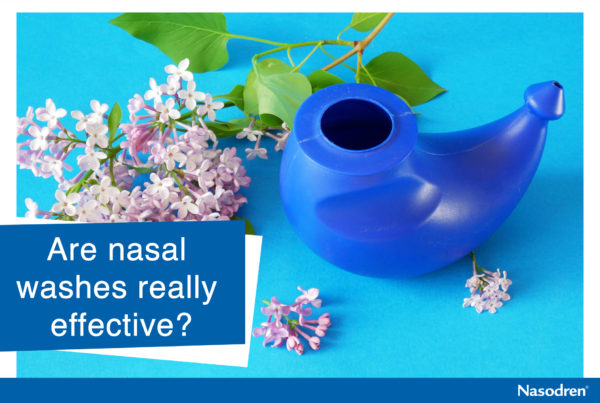Currently, handwashing is an ordinary practice for people living in a civilized world but it was in the19th century when this practice was considered a medical advance and since then has save thousands of lives.
But, what today is fully accepted evidence was initially rejected and ridiculed by medical establishment.
We all must acknowledge the courage of researchers and clinicians who stood by their ideas, often in the face of withering criticism from their colleagues, and finally established today’s standard of care.
This is the case of the Hungarian physician Ignaz Semmelweis (Buda, 1 July 1818 – 13 August 1865). When working in Vienna in a maternity ward, he noted that puerperal fever (postpartum infection) was contagious, students and physicians were performing autopsies and then examining and contaminating new mothers in the maternity ward. Mortality rate due to postpartum infection was nearly 20%.
As a result of his observation and consequent belief, Semmelweis advocated that doctors in obstetric clinics disinfect their hands following autopsies; at the clinic in which Semmelweis’s hand-washing policy was implemented, the puerperal fever mortality rates dropped 90% in fewer than 6 months.
Despite Semmelweis’s demonstration of the value of antiseptic handwashing, the medical community with a few notable exceptions rejected his idea.
Semmelweis began publishing a series of bitter “open letters” against his critics convinced that finally his antiseptic hand washings method would be adopted and practiced at all hospitals.
Increasingly ignored and despised Semmelweis was admitted against his will to a Viennese insane asylum, where he was severely beaten; he died after 2 weeks.
Today, there is no debate about that washing hands correctly is the most effective thing to protect against a number of infectious diseases, such as influenza (the “flu”) and the common cold. Not only will it help keep you healthy, it will help prevent the spread of infectious diseases to others since hand-to-hand contact can spread mild conditions but also more severe or life-threatening diseases. Infectious diseases are a particular risk to the very young, the elderly, those with a pre-existing disease, and people with a compromised immune system, such as those with HIV or AIDS.
Some recommendations you can take to protect yourself and your family.
- Wash your hands often, especially after coughing, sneezing or using tissues, before and after eating, before preparing food, after handling raw meat, after petting an animal, and after using the bathroom.
- When you cough or sneeze, use a tissue or raise your arm up to your face and aim for your sleeve. Do not sneeze into your hand. Throw away tissues as soon as you use them
- Keep the surface areas in your home and office free of germs by cleaning them. Doorknobs, light switches, telephones, and keyboards are especially important to keep clean.
- If you have children, teach them good hygiene and how to wash their hands properly. Young children should be supervised while washing their hands.
- If you use bar soap, keep it in a self-draining holder that can be cleaned thoroughly before a new bar is added.
- Don’t use a single damp cloth to wash a group of children’s hands.
- Don’t use a standing basin of water to rinse your hands.
- Don’t use a common hand towel.
- Don’t use sponges or non-disposable cleaning cloths unless you change them daily and launder them using detergent. Germs thrive on moist surfaces.









